#1 Decongesting Tea: Decoding the Magic Brew: An In-Depth Exploration
Who doesn’t love a good brew, right? But what if I told you that a brew could be more than just a source of pleasure? What if it could alleviate some of your health-related troubles? Sound intriguing? Let me introduce you to a real game-changer: The Decongesting Tea!
Picture this. You’ve got a cold, your nose is running like a tap, and there’s a congestion party happening in your chest. Sounds familiar? Now, what if I told you there’s a brew that could help you decongest? That, my friend, is a Decongesting Tea. Basically, it’s a warm, healing concoction of specific ingredients known for their decongestant properties. This isn’t just any old cuppa, this is a healing power potion!
The History of Decongesting Tea
It’s like they say, in order to understand where we’re going, we’ve got to look at where we’ve come from—so buckle up. Our little health helper, the decongesting tea, has an origin story that goes way back. These teas have been used for centuries across different cultures, notably in parts of Asia and Europe. It all started with folk remedies and gradually transformed into standardized recipes used worldwide.
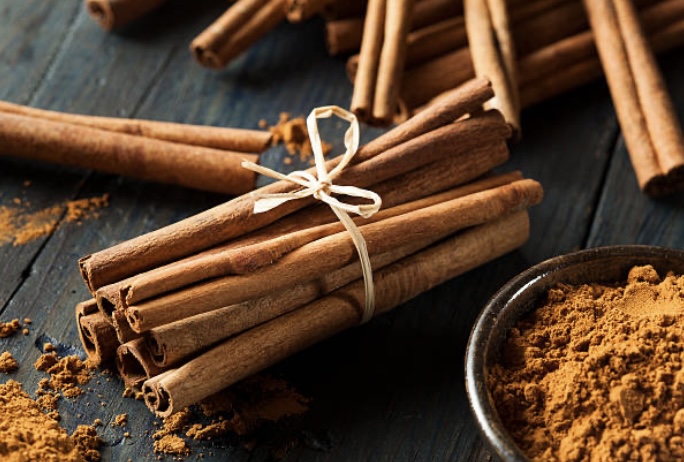
Let’s be real. We’re living fast and furious lives. Constant exposure to pollutants, erratic diets, and minimal rest—does this sound like a recipe for optimal health to you? I didn’t think so. And did we mention the common cold? Enter, decongesting teas. They handle that stuffy feeling, alleviate discomfort, and offer a bit of Zen in a world that’s gone a little loco. I love inhaling the scents of some of these ingredients…eucalyptus, cinnamon, lemon, peppermint. It’s a little piece of happiness that I enjoy.
Common Ingredients In A #1 Decongesting Tea
Decongesting teas have quite an ensemble cast of ingredients, all equally important. Common players are ginger, lemon, honey, peppermint, and echinacea—these form the backbone. Then there are the subtle performers like cinnamon, cayenne pepper, thyme, juniper berries and turmeric. The sheer diversity is like a “United Colors of Benetton” commercial, but for tea.
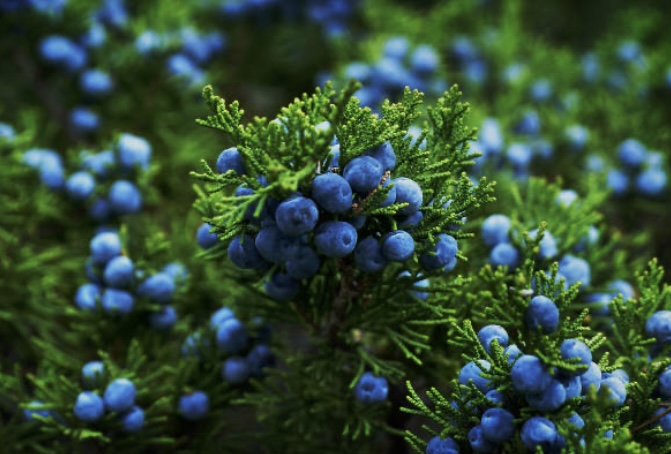
Understanding the Benefits of Each Ingredient
Imagine you’re at a concert, and each musician plays their instrument beautifully. That’s exactly how each ingredient of a decongesting tea works. Ginger acts as an anti-inflammatory, lemon’s vitamin C boosts your immune system, and honey is a natural cough suppressant (and the lead vocalist!). Peppermint clears up your nasal passage, while thyme and pepper bring in expectorant properties. Every ingredient works like a musician in creating a symphony of wellness.
How These Ingredients Work Together to Provide Relief
Have you ever experienced the magic of a perfectly orchestrated flash mob? That’s exactly how the ingredients in a decongesting tea operate. They create a synergy of flavors, aromas, and health benefits. Each ingredient has its role, and collectively they launch a multi-pronged attack against congestion.
Popular Varieties of Decongesting Teas
Choosing the best decongesting tea is like choosing the best Beatles song—it depends on personal preference. You could go for something classic like honey lemon ginger tea or pick a peppy peppermint tea. Then there’s chamomile for those who like their teas a bit on the mellow side.
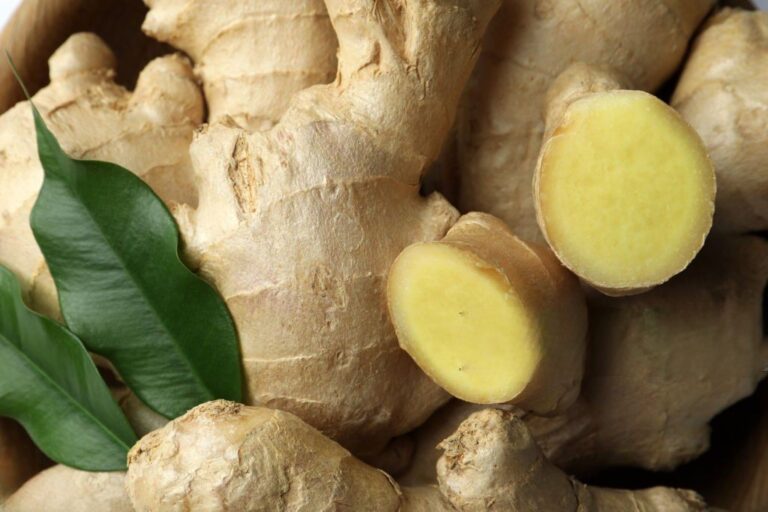
Homemade #1 Decongesting Tea Recipe
There’s something uniquely satisfying about brewing your own tea. For DIY enthusiasts, here are a few trailblazing brews you can try. The Classic trio of ginger, lemon, and honey never disappoints. Do you feel like something with a little kick? Try adding cinnamon and clove, or even some dried juniper berries. For a heady aroma and serious sinus relief, peppermint is your go-to guy…with a pinch of eucalyptus leaves for extra power. My #1 Recipe is combining peppermint, eucalyptus, and dried juniper berries…add some fresh lemon and you have a tasty, healthy tea. It seems like a weird combination of ingredients, but it works.
Store-bought vs Homemade: Which is Better?
Now this is a topic hotter than a boiling kettle! On one hand, there’s the convenience and consistency of store-bought teas. On the other, there’s a charm and a therapeutic joy in making your own brew. At the end of the day, it’s the convenience vs. creativity conundrum. I sometimes combine two different tea bags to get the combination I’m looking for. I also add some dried ingredients such as cloves or dried juniper berries in a tea ball and steep it with the tea bags.
How to Maximize the Effect of Decongesting Teas
Best Practices when Brewing #1 Decongesting Tea
Want to make the most of your steaming hot cup of #1 decongesting tea? Boil. Steep. Sip. It sounds simple, but each step matters. Use fresh ingredients, allow an optimal steeping time, serve hot, and inhale those soothing vapors. And remember, patience is key—the longer you let it steep, the stronger it gets.
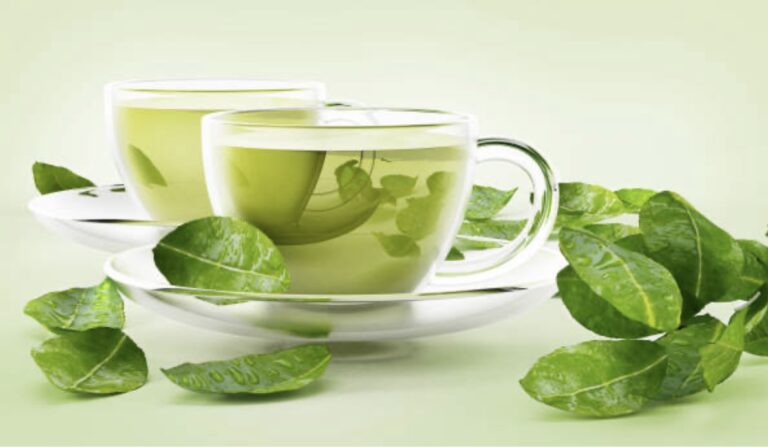
Ideal Times to Consume Decongesting Teas
What is the best time to have a decongesting tea? Not during a business meeting, for sure! Ideally, drink it when you have some downtime. Right before bed is perfect—let the tea do its magic while you unwind.
Potential Side Effects and Precautions
Just like too much of any good thing, excessive consumption of decongesting teas may have side effects. They may interfere with sleep, cause stomach upset, or lead to allergic reactions. So remember, moderation is key.
Decongesting Teas in Different Cultures
Fun fact time! In India, they have “Kadha” a traditional decongestion tea. In Thailand, there’s “Tom Yum” soup with a similar purpose! The world of decongesting teas is as diverse and beautiful as the world itself.
We’ve all got that one friend who lives by natural remedies, right? In my case that’s me Lol Ask them about decongesting teas. There are many stories about people finding relief from using these teas. A friend of a friend might have had a miraculous recovery from a seemingly endless cold after sipping on some decongesting brew. You never know! Also pairing one of these powerful teas with a diffusor with eucalyptus oil is a double whammy to knock out that cold.
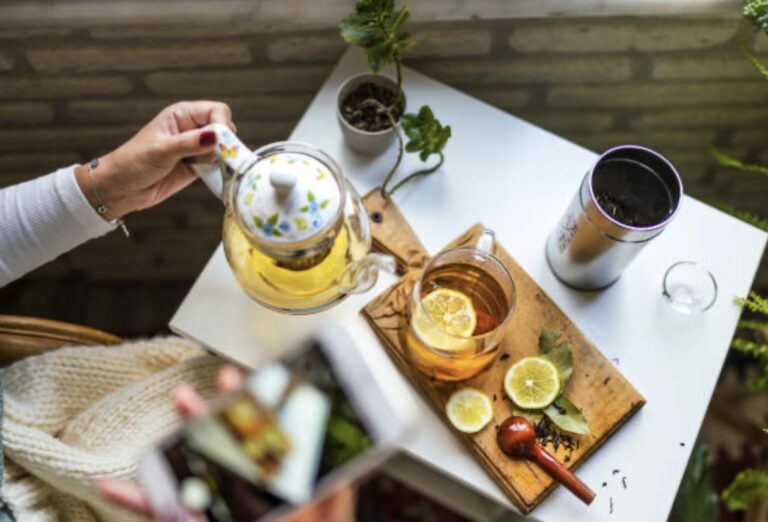
The Growth and Development of the Decongesting Tea Market
In the age of wellness and organic living, the decongesting tea market is soaring high. From supermarket shelves to online marketplaces, the offerings have grown exponentially. Proof? Just Google ‘decongesting tea’ and you’ll get my point. There has been a renewed interest in natural remedies for lots of health concerns. Viruses and bacterial infections are more and more resistant to modern-day pharmaceuticals…so why not try centuries-old “cures.”
In a congested nutshell, decongesting teas brings a whole lot of benefits (pun intended!). From their historic relevance to the modern DIY brews, they offer relief with a side helping of pleasure. Just remember to savor them responsibly and consider them as one part of a holistic approach to your health and wellness.
So, the next time you find yourself reaching for the tissue box, also reach for a decongesting tea. After all, isn’t it steep time (pun very much intended!) we turned to nature to decongest our bodies and our lives?
Frequently Asked Questions
Moderation is the key. Usually, 2-3 cups a day should suffice. But remember, too much can lead to side effects.
Sure, a decongesting tea can also act as a preventive measure. However, it might be more useful during the flu or cold season.
While decongesting tea can provide relief, it’s not a substitute for professional medical treatment. Always consult a healthcare provider for serious situations.


